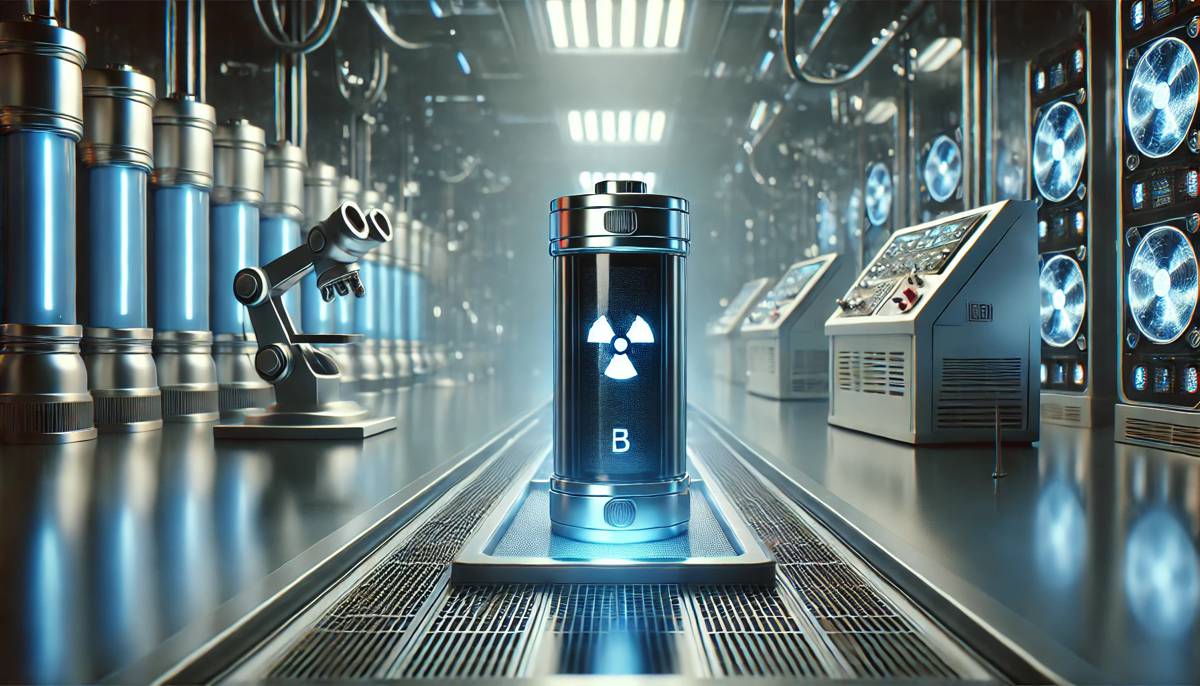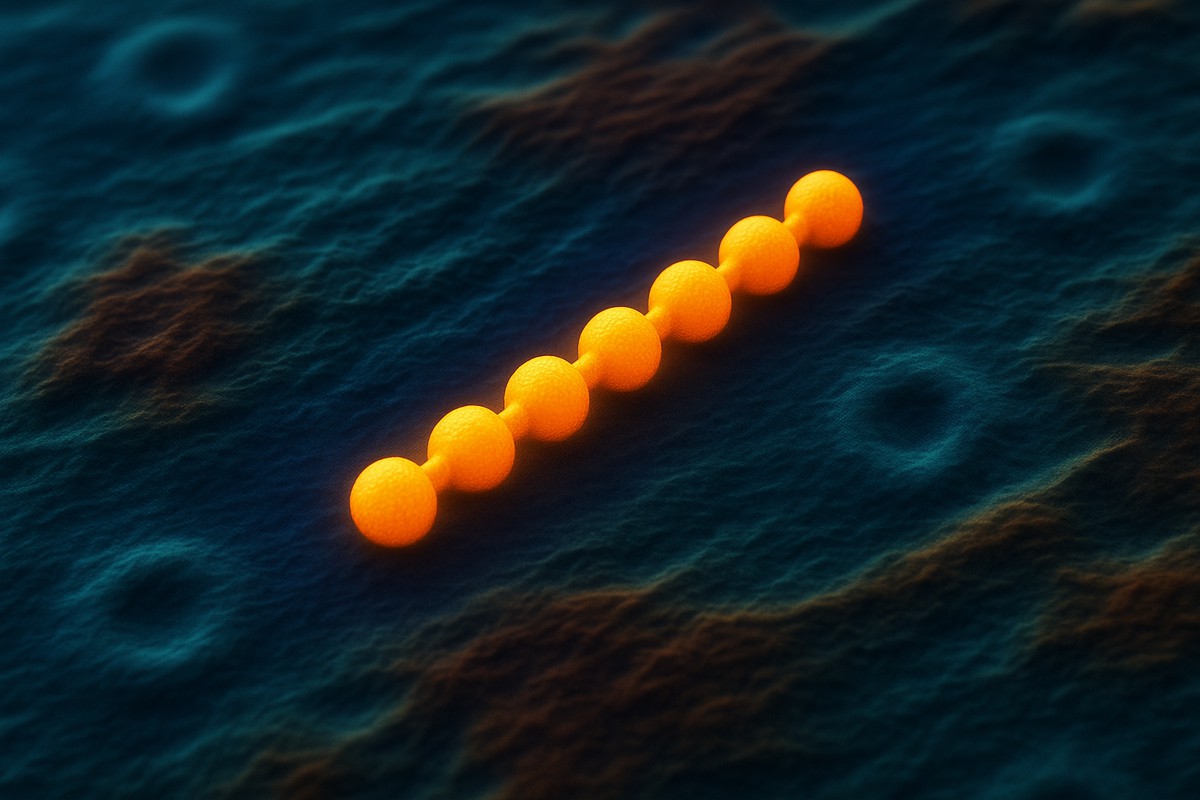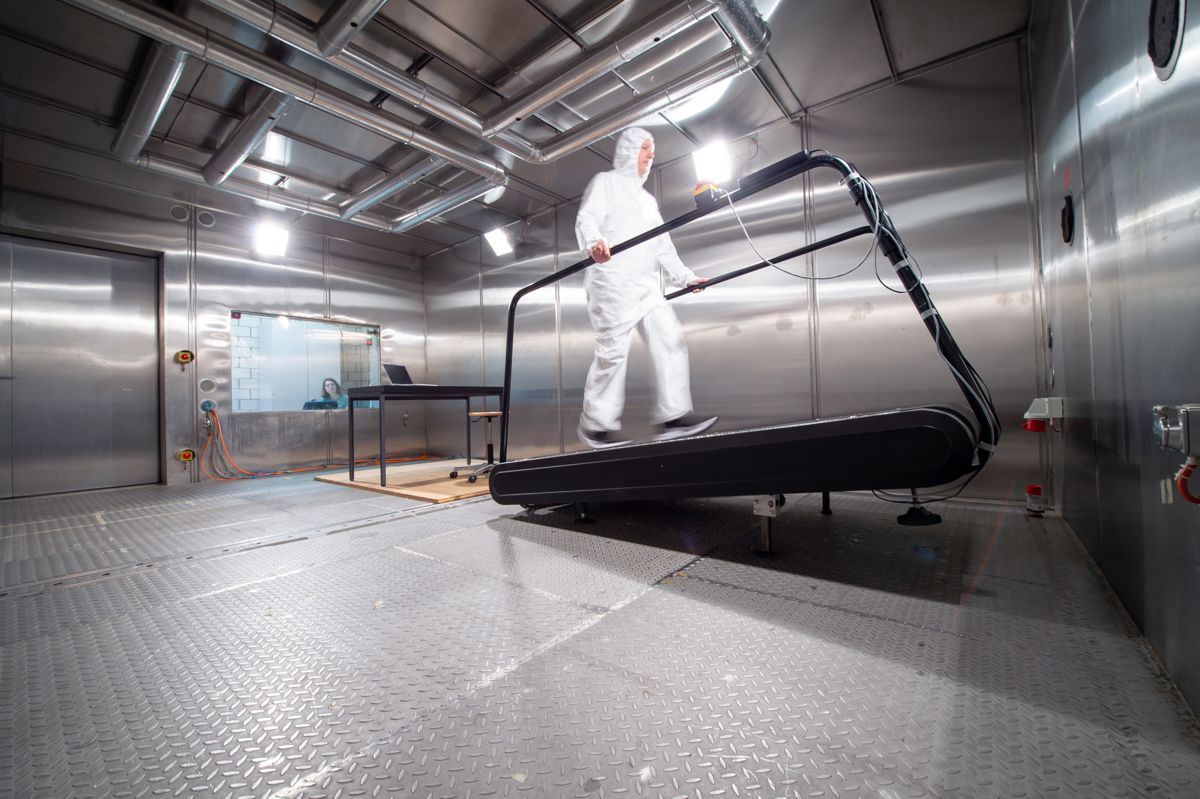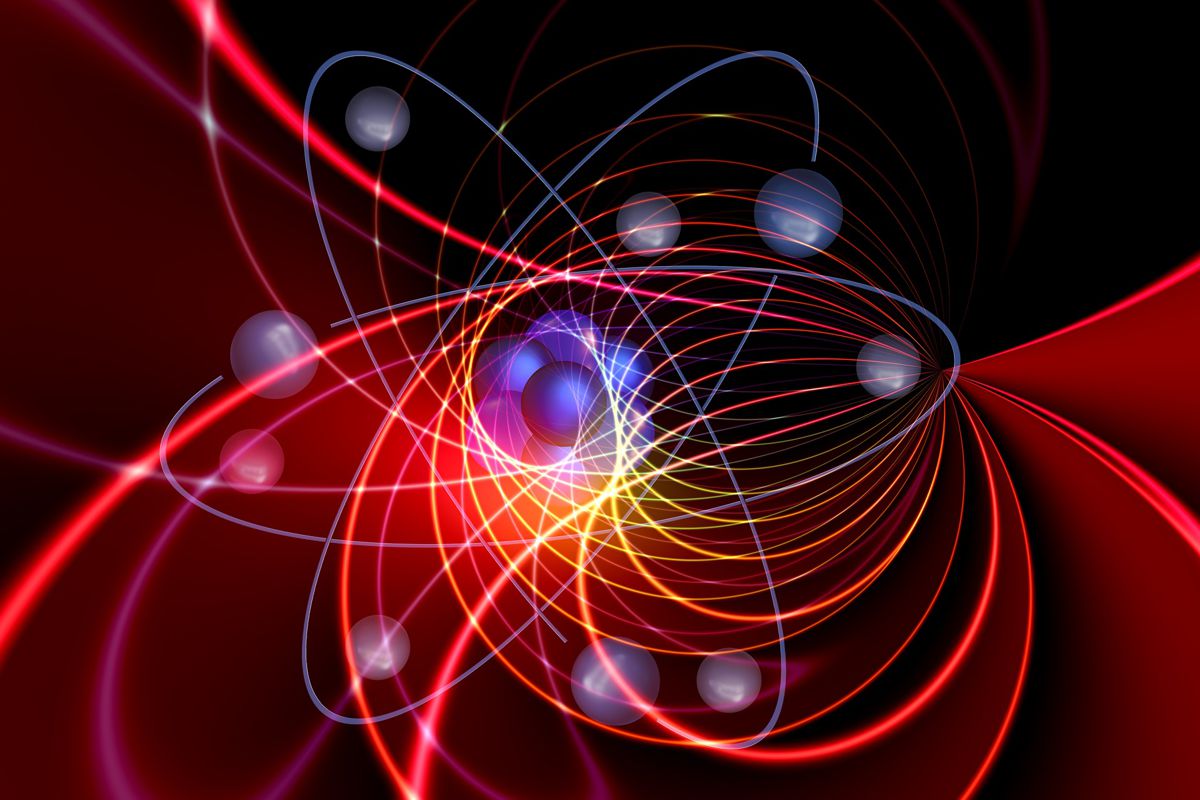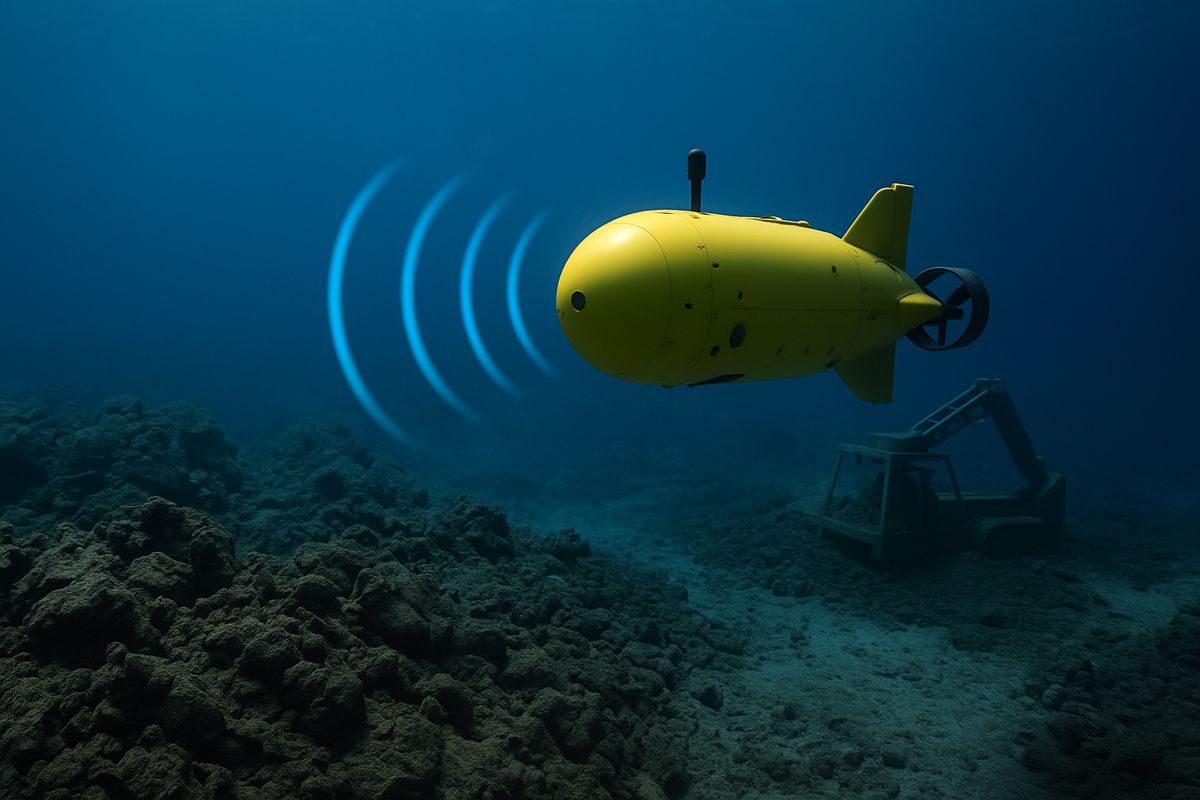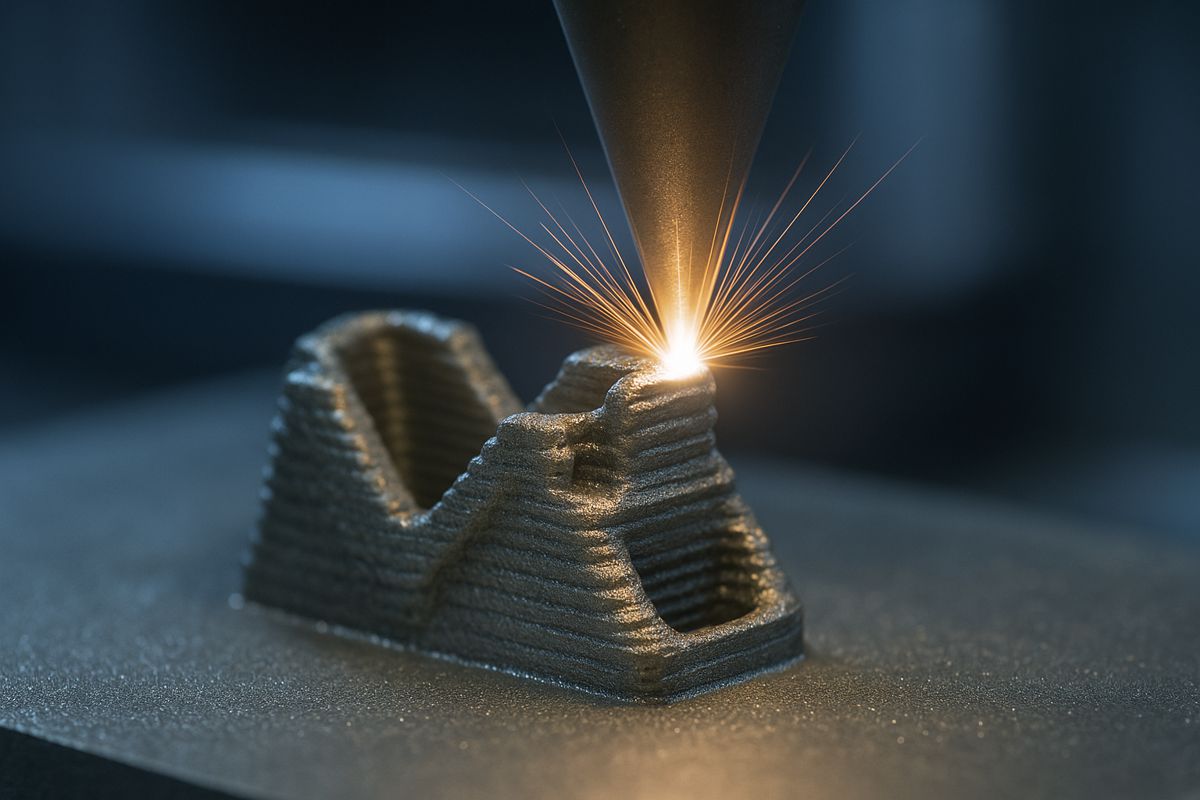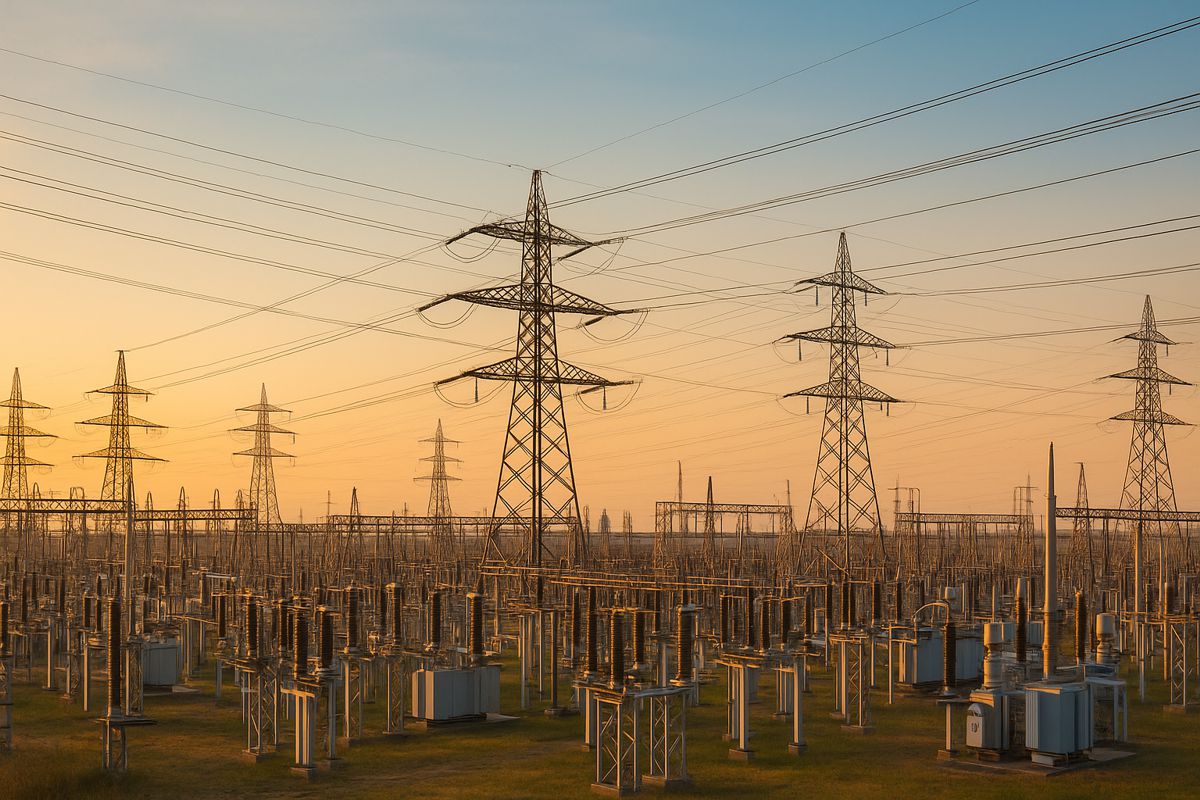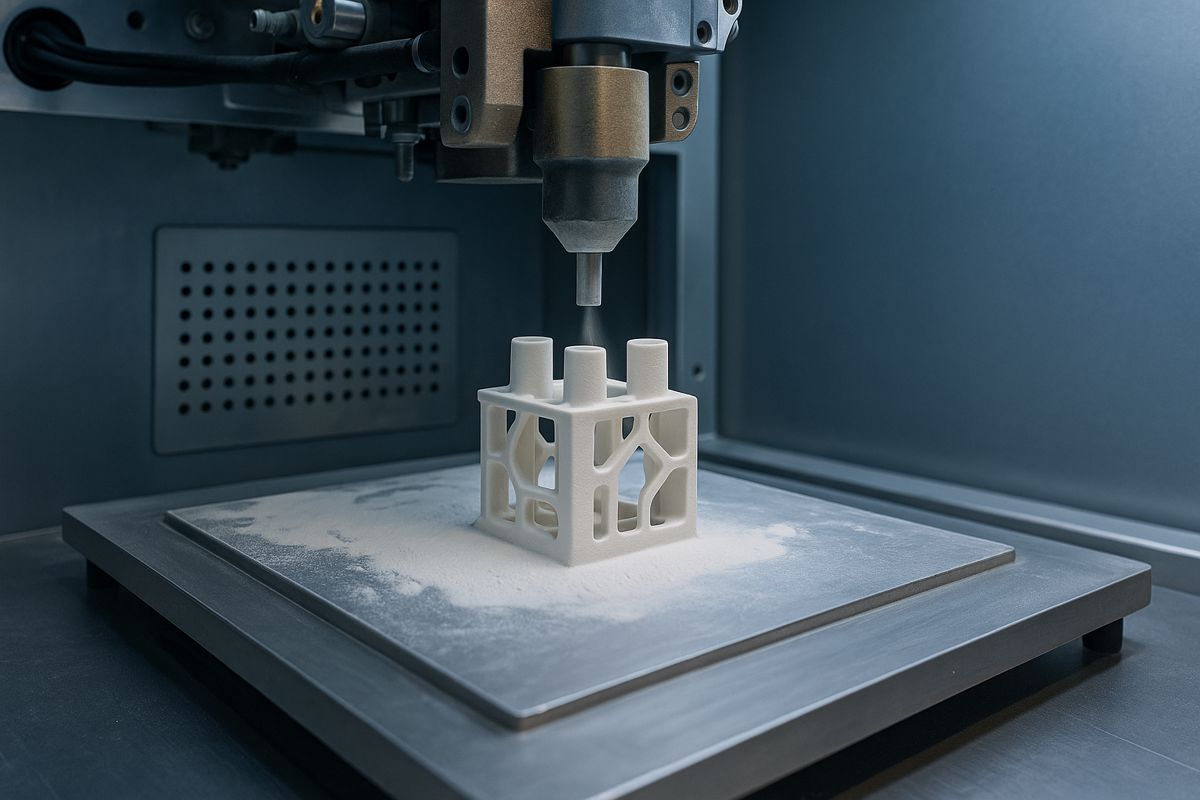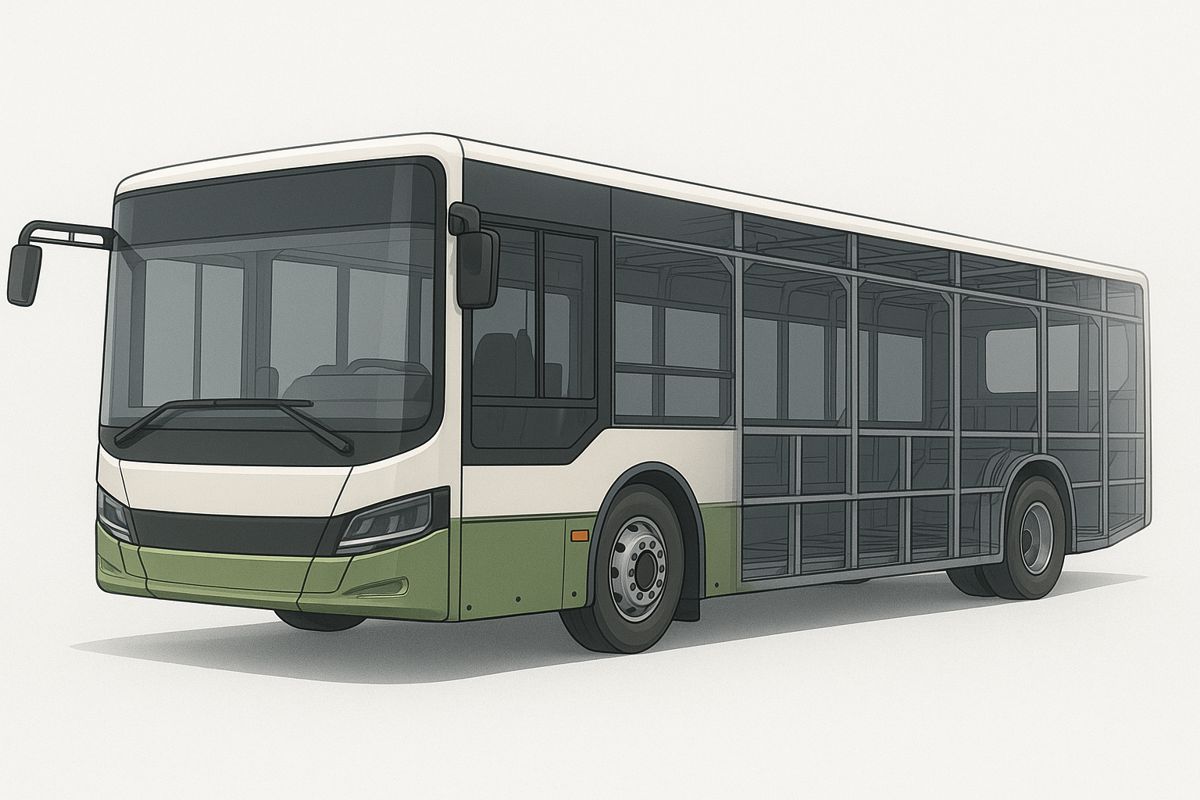Turning Nuclear Waste into Radiation-Harvesting Batteries
Scientists at The Ohio State University have designed an ingenious battery capable of converting nuclear waste into electricity, leveraging high-energy radiation to generate power. This breakthrough could not only help manage radioactive by-products from nuclear power plants but also open new frontiers in space and deep-sea exploration.
Published in Optical Materials: X, the study details a novel approach where scintillator crystals, materials that emit light when exposed to radiation, work in tandem with solar cells to generate electricity. Unlike traditional nuclear batteries, this device does not incorporate radioactive materials itself, making it safe to handle despite its high-energy source.
The Challenge of Nuclear Waste Management
Nuclear power contributes approximately 20% of the electricity in the United States, offering a low-carbon energy alternative. However, it also produces highly radioactive waste, which remains a significant challenge in terms of long-term storage and environmental impact. Typically, spent nuclear fuel is kept in secure facilities, but researchers have long sought ways to repurpose this waste more effectively.
Dr. Raymond Cao, lead author of the study and professor of mechanical and aerospace engineering at Ohio State, noted the broader potential: “We’re harvesting something considered as waste and by nature, trying to turn it into treasure.”
How the Radiation-Powered Battery Works
The prototype, a mere 4 cubic centimetres in size, harnesses ambient gamma radiation to generate electrical power. The core components of the device include:
- Scintillator Crystals: These high-density materials absorb radiation and emit light. The study tested various shapes and sizes, confirming that a larger surface area improves energy absorption and conversion efficiency.
- Solar Cells: Positioned adjacent to the scintillator, the solar cells capture emitted light and convert it into electricity.
- Gamma Radiation Sources: The battery was tested using cesium-137 and cobalt-60—common isotopes found in nuclear waste.
During testing at Ohio State’s Nuclear Reactor Laboratory, the battery produced 288 nanowatts with cesium-137 and a much higher 1.5 microwatts with cobalt-60—sufficient to power miniature sensors and microelectronics. While these energy outputs are small in comparison to household power needs, researchers believe further development could scale the technology to produce watt-level power outputs.
Space, Deep-Sea, and Secure Nuclear Sites
Given its design, the battery is not intended for public use. Instead, it is envisioned for specific environments where high radiation levels already exist. Potential applications include:
- Nuclear Waste Storage Facilities: These batteries could be deployed within waste storage pools to harness radiation passively.
- Space Exploration: Given their long lifespan and maintenance-free operation, such batteries could power deep-space missions.
- Deep-Sea Research Stations: Isolated marine research labs could benefit from a reliable, radiation-powered energy source.
Importantly, while gamma radiation is significantly more penetrating than medical X-rays or CT scans, the battery itself remains non-radioactive and safe to handle.
Challenges and Opportunities
The concept of a radiation-powered battery is ground-breaking, yet challenges remain. One of the primary hurdles is ensuring cost-effective mass production. Dr. Cao acknowledged that while the technology is promising, further refinement is necessary: “Scaling this technology up would be costly unless these batteries could be reliably manufactured.”
Similarly, Dr. Ibrahim Oksuz, co-author of the study, emphasized that while the power output demonstrated in the study is impressive, more research is needed: “These are breakthrough results in terms of power output. This two-step process is still in its preliminary stages, but the next step involves generating greater watts with scale-up constructs.”
Additional studies will focus on extending the battery’s lifespan, assessing its energy efficiency over long periods, and identifying the optimal crystal configurations for maximum output.
A Sustainable Future for Nuclear Waste
This innovative nuclear battery represents a significant step toward sustainable waste repurposing. By converting radiation into usable energy, researchers are not only addressing the challenge of nuclear waste disposal but also pioneering new power solutions for extreme environments.
While full-scale adoption may still be years away, the potential applications for long-lasting, low-maintenance power sources are boundless. With continued advancements, this technology could play a crucial role in both energy production and the future of remote sensing and exploration.
